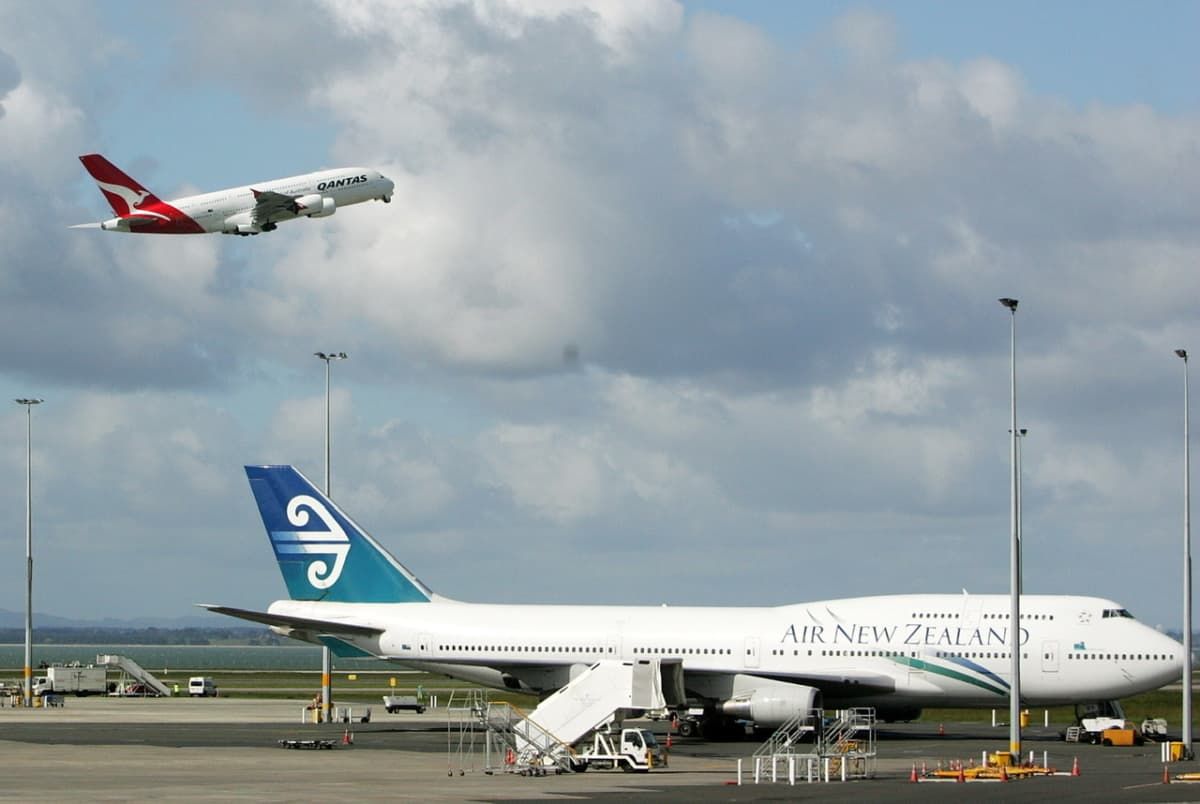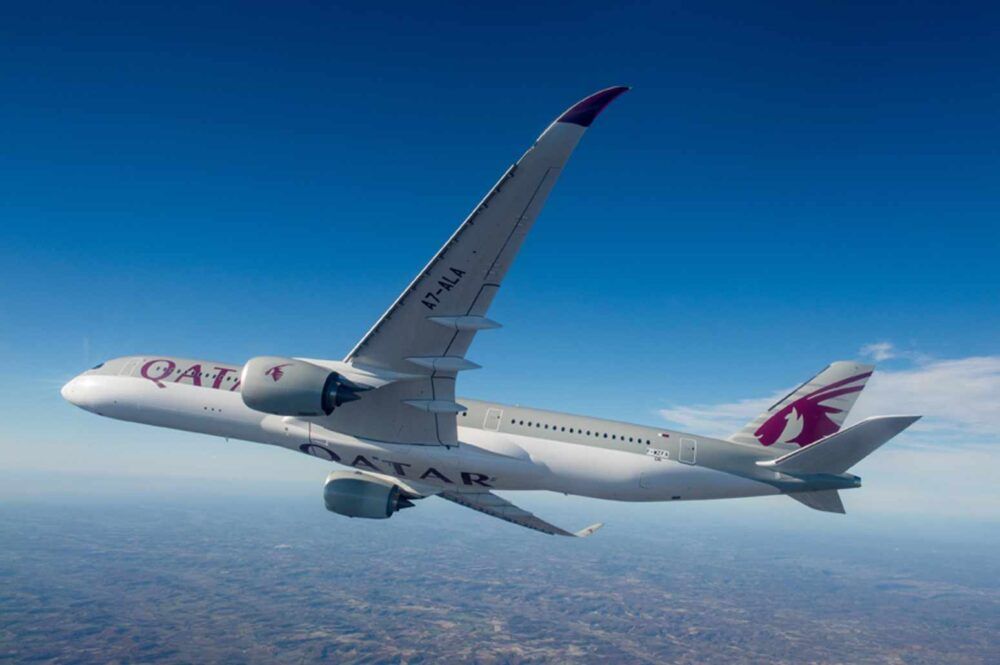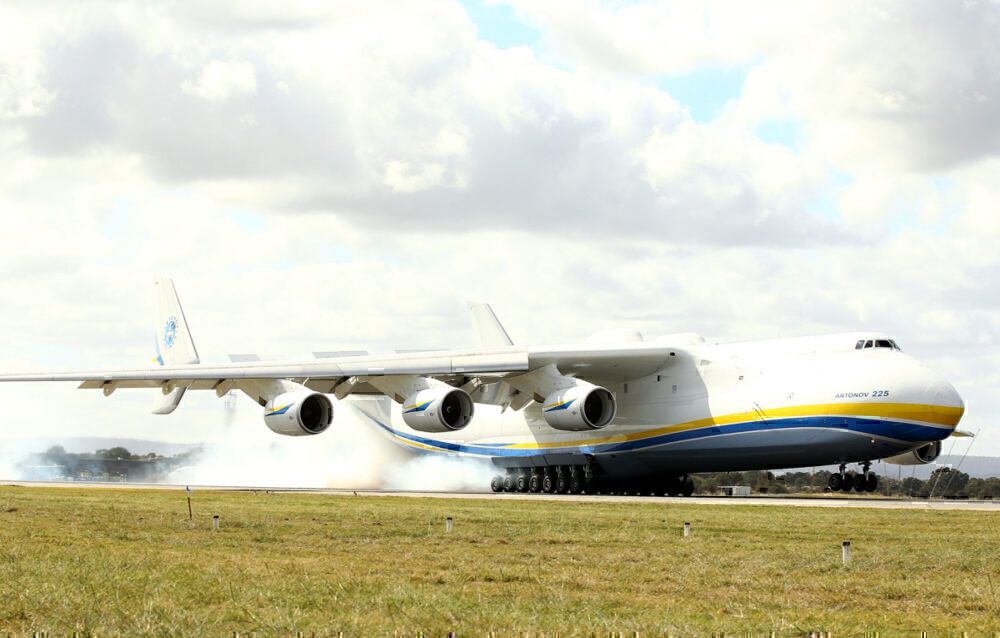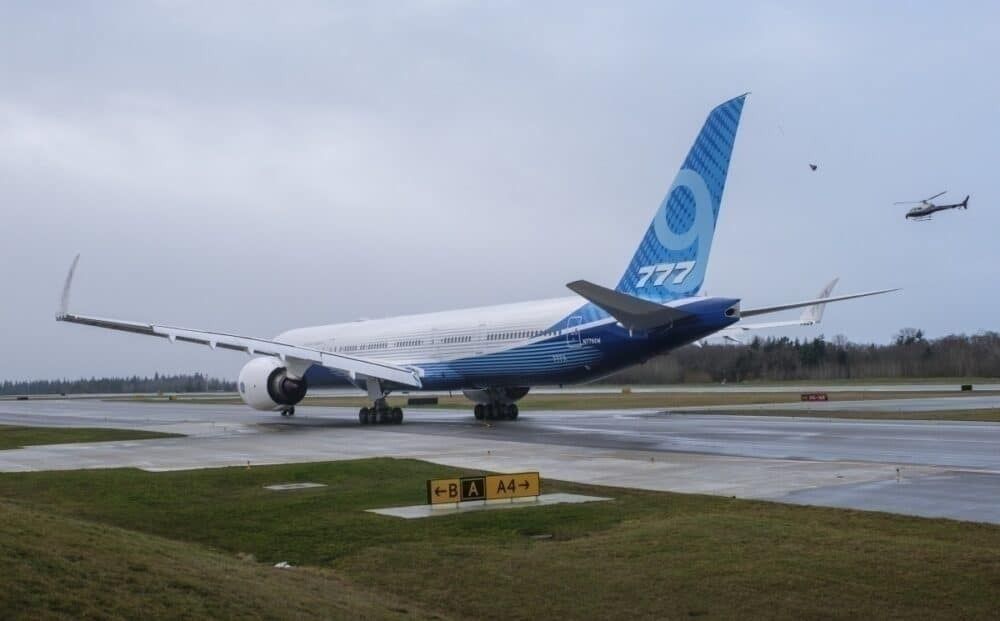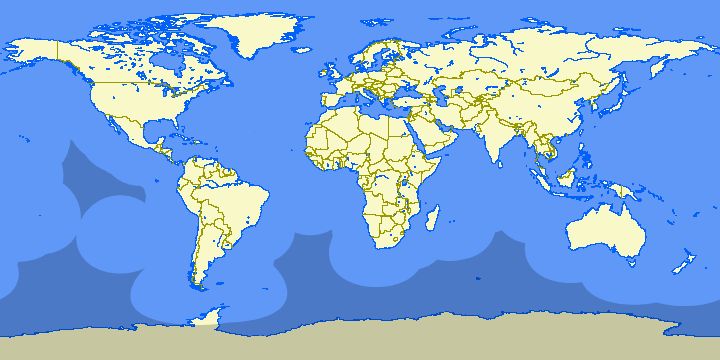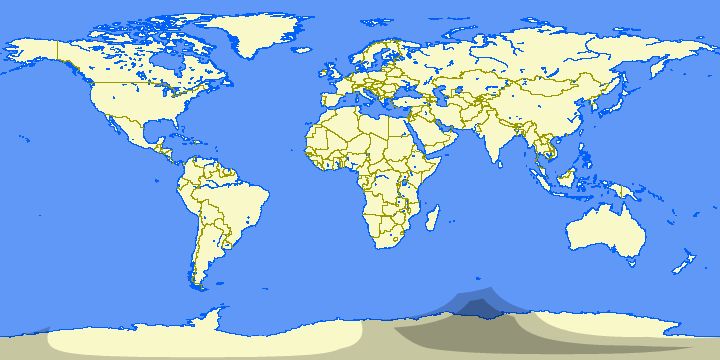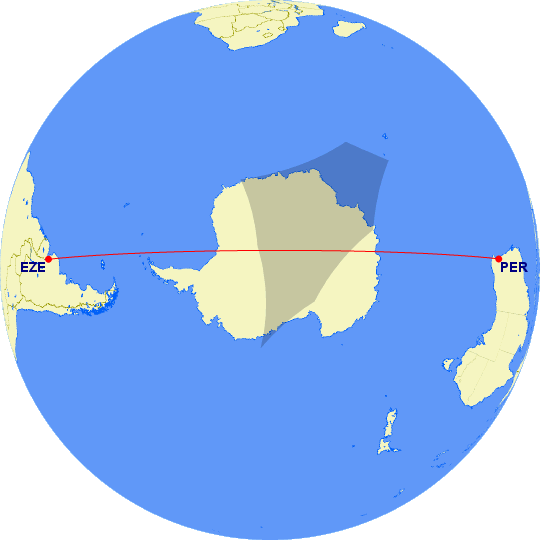In the early days of jet aircraft, four-engines led the way, soon followed by three. Twin engines were limited in both power and range of operation. Times have changed of course and twin-engine aircraft now dominate. With the end of production of the A380 and 747, will we ever see another developed? This article looks at why they exist, and what benefits still remain.
ETOPS and the need for more engines
The first jet aircraft to be introduced in 1952 was the de Havilland Comet. This was a four-engine aircraft (also referred to as a quadjet), as was the very successful Boeing 707 that followed it in 1958. The Boeing 727 took this down to three engines, and the 737 and A300 widebody in the late 1960s and early 1970s featured twin engines.
At this time, a twin-engine aircraft (under FAA rules) could not fly more than 60 minutes away from a diversion airport – limiting the possibilities for trans-oceanic flights. This did not change until the 1980s when ETOPS (Extended-range Twin-engine Operational Performance Standards) was introduced.
ETOPS recognized the improving safety (and track record) of aircraft engines and allowed twin-engine aircraft to fly further from a diversion airport. The first rating, of 120 minutes, was given to Trans World Airlines flying a 767. These rating has improved since then, opening the options for twin-engine development and lessening the need to four engines.
With twins now capable of fulfilling the role that used to be the preserve of quads, what's the point in four engines these days?
Heavy aircraft
With the erosion of improved safety, one of the main reasons to have more engines these days is for more power. Heavier airframes, such as the 747 and the A380 benefit from four rather than two, and for heavy cargo, this can be even more important. Just take a look at the largest commercial aircraft flying today, the Antonov An-225. This uses six engines to give it incredible payload capacity.
Engine technology is constantly improving and with this, the need for more engines will reduce. Consider, for example, the dramatic improvements since the earlier jet aircraft. The JT3D engines used on the Boeing 707 offered a thrust of 17,000 lbf. The new GE9X engines developed for the Boeing 777X deliver 110,000 lbf of thrust.
Going forward, two engines are certainly the preference for airlines and manufacturers. The A380 was a great aircraft but has not worked out as well as hoped. Perhaps if there is a return to the very high capacity hub operating model, we will see future developments that need four engines. Otherwise, four engines will remain a heavy cargo requirement only.
Extended range and no off-limits area
The other advantage of four engines is increasing the operating range of aircraft. As ETOPS ratings have improved, this has become less and less significant.
This has not just been about safety, but also economical routings. With some of the earlier low ratings, transoceanic routes were possible with twins, but flights would have to follow a non-optimal route to remain within limits. By the time ETOPS 180 ratings were reached, this covered 95% of the earth's surface, and economical transatlantic routes have been possible since then.
With current ratings of 330 and 370 minutes for the newest twin-engine aircraft, there are only small areas over Antarctica that these twins cannot operate. This has a very limited impact on commercial flights. A direct route between, for example, between Buenos Aires and Perth, would be impacted by this.
Operator Antarctica Flights has flown sightseeing flights from Australia over the continent for several years, using a leased Qantas 747 aircraft. It remains to be seen what will happen to these flights once the 747 is retired.
With the end of production of both the A380 and the 747, and the early retirement of many of these fleets during the slowdown in 2020, four-engine aircraft are becoming fewer. As you can see, the justification for these aircraft has become ever weaker. Certainly, the immediate future will see more twins, such as the A350 and 777X. But beyond this, perhaps four engines will find a new purpose for heavy load-shifting aircraft.
What do you think about the prospects for four engine aircraft? Will will see any more in passenger service, or just for heavy cargo operations? Let us know your thoughts in the comments.

